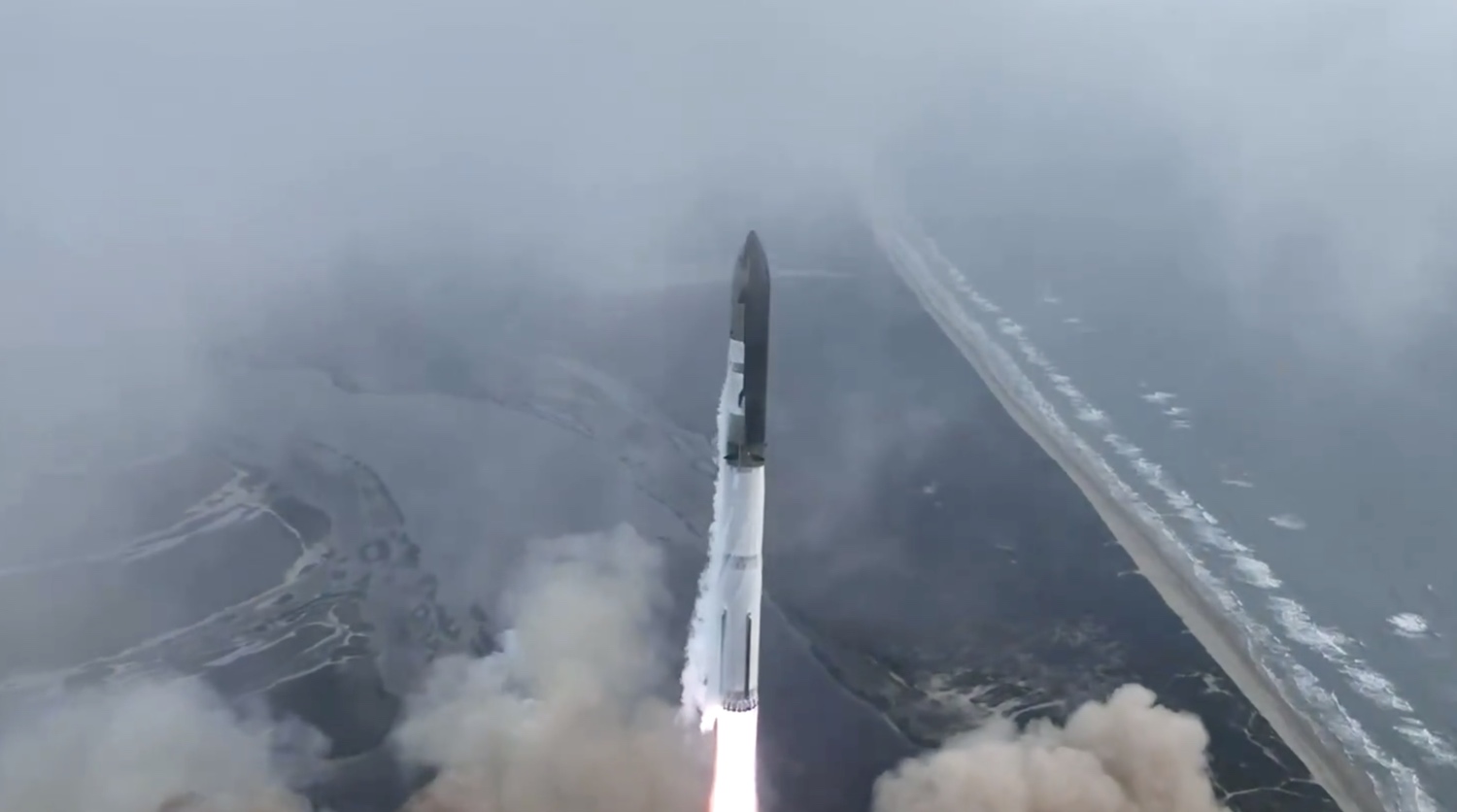FAA defends Starship licensing delays

WASHINGTON — A day after harsh criticism from Congress and industry, the Federal Aviation Administration defended its approach to launch licensing and, specifically, its work with SpaceX.
At the U.S. Chamber of Commerce’s Global Aerospace Summit Sept. 11, the FAA said it has a good relationship with SpaceX but that timelines for launch licenses depend on choices the company makes.
“We work very well with SpaceX. We have a very strong dialogue with them,” said Dan Murray, executive director of operational safety at the FAA’s Office of Commercial Space Transportation. “They get the majority of our resources because they’re doing the majority of the operations.”
That included, he noted, 80% of the “hundreds” of hours of overtime his office records each month. “We are doing everything we can to work with them as efficiently as we can.”
The comments came a day after a hearing by the House space subcommittee where members and industry official criticized the FAA’s implementation of a new set of launch licensing regulations known as Part 450. That coincided with a statement by SpaceX that said it recently learned the FAA had delayed an updated license for its next Starship launch by more than two months, to late November, for what it called a “superfluous environmental analysis.”
“We have a great dialogue with them. We prefer to have our dialogue directly with them,” Murray said when asked at the conference about the SpaceX public statement about the launch licensing delays.
He said the schedule for the next Starship launch, known as Flight 5, “is largely set by the choices that the company makes,” which he added is true for all companies that seek launch licenses. Those choices include the scope of the license they seek, the timing of the information they provide, the completeness of the application and if the applicant changes information after submitting the application.
The schedule that the FAA provides for assessing a license is based on assumptions that the application is complete and doesn’t change, he said. The FAA, in a separate statement Sept. 11, noted that the license the FAA issued for Starship’s previous launch in June allowed for multiple flights using the same profile, but SpaceX modified the profile for the next launch and also provided information only in mid-August about “how the environmental impact of Flight 5 will cover a larger area than previously reviewed,” requiring consultation with other agencies.
“The driver on the current schedule is the environmental review, in this case. The safety review is not done yet, either, but it’s on a shorter schedule,” Murray said. He confirmed the issues in that review outlined in SpaceX’s Sept. 10 statement, including wastewater discharge from the pad’s water deluge system, sonic booms from the Super Heavy booster’s return to the launch pad and changes in the splashdown location of the interstage section.
He said his office has worked well with SpaceX on other regulatory issues. He cited examples like allowing them to return to flight quickly after incidents that included an upper stage failure in July and unsuccessful landing in August. The FAA also worked with the company for waivers to increase launch availability.
Murray appeared on a panel with executives of two other launch companies who said they have good relationships with the office. “We have a longstanding positive relationship with the FAA’s space transportation office,” said Brett Alexander, chief revenue officer at Firefly Aerospace. “No major concerns about the regulation itself or how it’s being implemented.”
“It’s been a very productive and constructive relationship and dialogue,” said Lars Hoffman, vice president of government sales at Blue Origin, on the work with FAA on getting a launch license for the company’s New Glenn rocket.
The FAA’s Murray said that the agency encourages companies that have gone through the Part 450 licensing process to share lessons learned with each other. A new aerospace rulemaking committee will also allow industry to provide input on how to improve the licensing process.
“It does not require substantial changes,” he said of the Part 450 rules. “It’s not a perfect rule. No rules are perfect. We’re very open to input that the industry has. That said, it’s not broken, either.”
Related
Read the original article here






